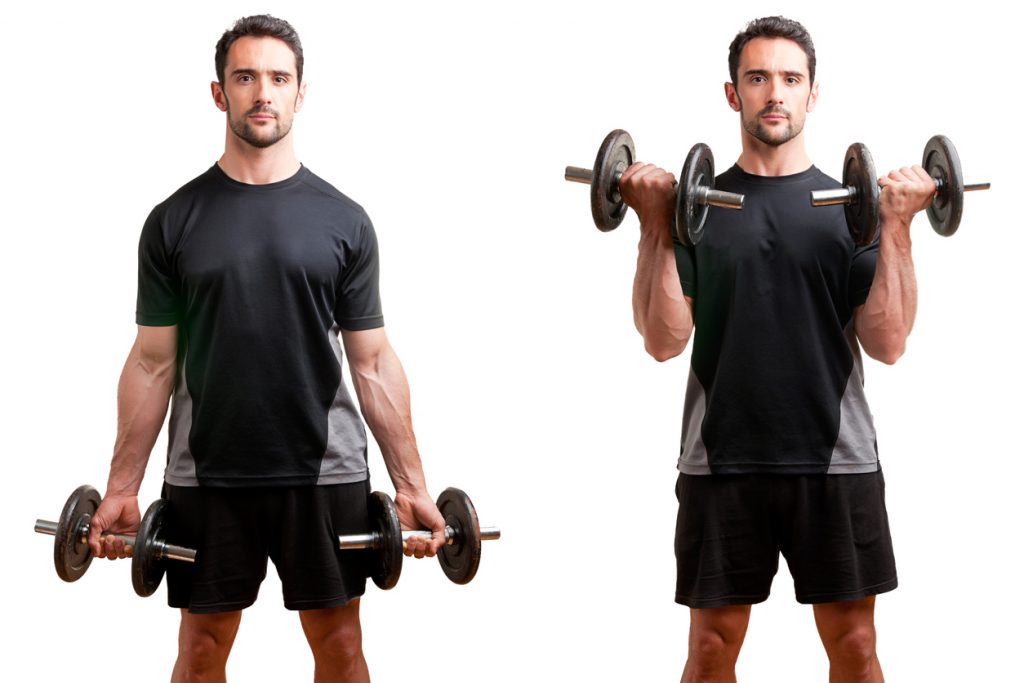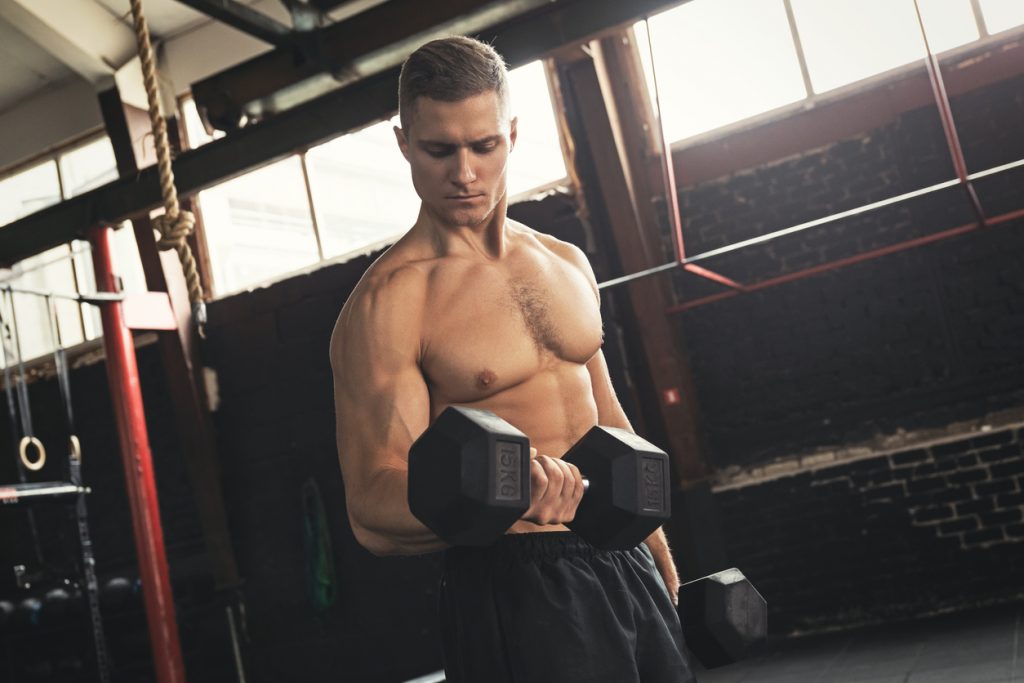Concentric, isometric and eccentric movement is a term for the type of muscle contraction. It is most often heard in the world of bodybuilding and strength training, but is also used in other disciplines. These main contraction regimes define the movements to be performed when working a muscle or a group of muscles. It is important to know how to differentiate between them in order to choose the right type of exercise for a particular part of the body.
What is concentric contraction?
Concentric contraction is also called positive phase. It is used when a muscle is contracted to lift a weight for example. The concentric contraction is most often used during strength training. This is when the muscle performs a movement related to its shortening. The length of the muscle decreases while the force developed by the muscle increases. Muscle tension is generated as the ends of the muscles involved move closer together.
For example, during a pull-up exercise on a high bar, the elbows bend and the biceps contract. The muscle involved contracts and shortens at the same time. This is called concentric contraction. When you bring a dumbbell from the bottom position to the shoulder, you are also performing a concentric movement. Also, when we perform a squat, in a standing position, when we push on the legs to raise the bar upwards, we are dealing with a concentric contraction.
In general, the concentric movement is the active movement in strength training, the one that allows you to work the muscle or group of muscles concerned. It is very useful, especially for building muscle and increasing the athlete's performance. At five repetitions of concentric movements, the athlete manages to increase his strength.
At ten repetitions, muscle volume begins to increase, followed by an increase in the size of the fibres and connective tissue. When the athlete reaches fifteen repetitions of concentric movement, he or she gains endurance and tone.
Eccentric contraction: principles and benefits
Generally speaking, the eccentric contraction is simply that which is opposite to the concentric movement. It is also called the negative phase in the discipline of bodybuilding.
During an eccentric contraction, the muscles contract while moving away from the insertion points. It is during this phase of the exercise that the muscles hold the load. The athlete tries to hold the weight, slowing down the stretching of the muscle or muscle group involved.
For example, during a leisurely run, the muscles of the lower limbs try to resist gravity by using an eccentric contraction. In strength training, when the athlete performs a bench press, he or she must try to hold the load so that the weight does not crush him or her.
The eccentric contraction plays an essential role in strength training. It makes it possible to diversify the solicitation of the fibres. It is the combination of eccentric contraction with concentric movement that leads to an increase in muscle mass. However, eccentric contraction can be very hard to do, especially when working with heavy loads. It can lead to severe soreness and recovery can be slow for the athlete.
What is isometric contraction?
Isometric contraction is an effort that is performed in a static position. While concentric and eccentric movements require the athlete to perform repeated movements, during an isometric contraction, the athlete remains motionless while working muscles and fibres. During an isometric contraction, the levers must not move and the support points must be fixed. The contraction is still very powerful, even if the athlete does not move.
Isometric contraction is characterised by a lack of movement. It can be performed anywhere and does not require any special equipment to be performed. To develop a muscle, the effort consists only of keeping the position contracted and remaining motionless for a certain time.
It is therefore very practical and suitable for all sportsmen and women, whether they are beginners or advanced. Isometric contraction also allows you to work the muscles without forcing the tendons and joints. It is suitable for all levels and can be intensified at the pace of each athlete.
The disadvantage of isometric contraction is that it cannot be used for long. A maximum isometric should not exceed six minutes, while a total isometric should not exceed twenty minutes. It cannot be used alone and requires the use of another contraction to optimise the results (concentric, eccentric, plyometric...)
Isometric muscle exercises are numerous and can be practiced anywhere. The best known are undoubtedly the sheathing exercises. The chair exercise consists of adopting a position in the shape of a chair for a certain time. Once the athlete has made a right angle with his or her legs, he or she should try to maintain this position for as long as possible. To work on the abdominal muscles, the athlete can also perform a sit-up exercise with the elbows on the floor and the heels off the floor. You try to hold the position by contracting the abdominal muscles for as long as possible. A rest period is essential before each exercise in order not to tire the muscles.
For each muscle or muscle group to be worked, a contraction exercise is necessary. A concentric contraction is always followed by an eccentric contraction. Isometric contractions, on the other hand, are easier to perform and can be done on their own. However, it is important to combine all three exercises during a strength training programme, in order to work all the muscles of the body. It is up to each athlete to prioritise one contraction over another, depending on the muscles they want to work and the results they want to achieve.




